
This campaign is focused on low-latitude coronal holes that become prevalent during the descending and minimum phase of the cycle and are sources of recurrent high-speed streams in the solar wind.
The targets were two long-lived, low-latitude coronal holes that have been visible on the Sun for many rotations:
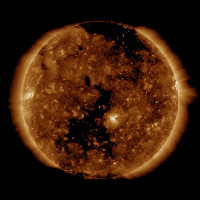
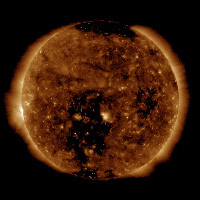
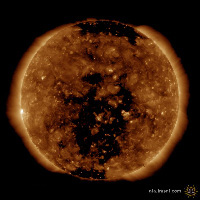
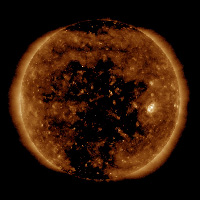
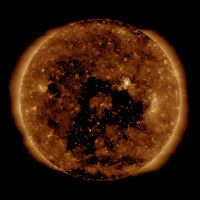
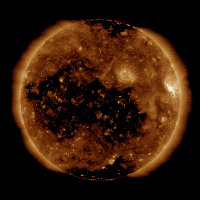
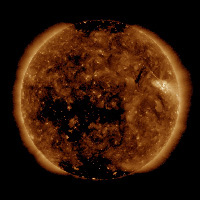
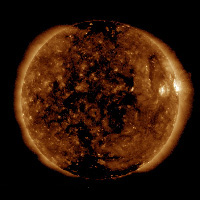
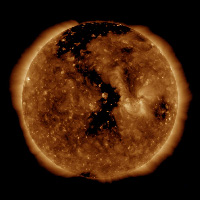
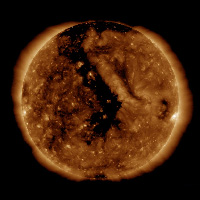
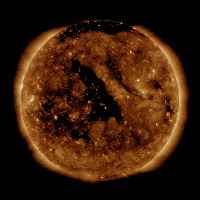
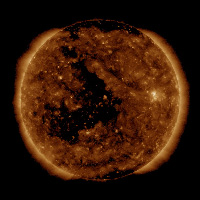
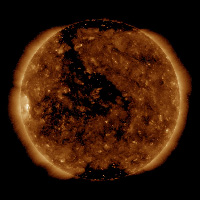
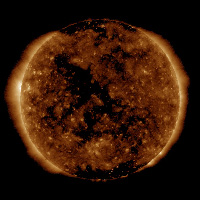
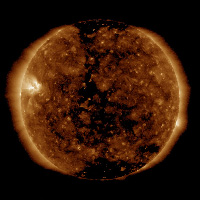

These coronal holes produced enhancement in the radiation belts and were associated with high speed streams that produced a series of minor geomagnetic storms. The effects of the coronal holes on the near space environment was observed by NASA’s satellite missions such as Wind, ACE, Van Allen Probes, GOLD, and TIMED; the joint Taiwan-US COSMIC satellites, the global positioning system; and various ground-based instruments such as magnetometers, incoherent scatter radars, and ionosondes.
The recurring nature of coronal holes results in periodic driving of the magnetosphere that can last for several days, and input as much energy as a geomagnetic storm driven by a coronal mass ejection. In the Earth’s upper atmosphere, this recurrent forcing drives multi-day variability in many observable thermosphere and ionosphere properties such as temperature, composition, mass density, and winds, as well as infrared cooling in the upper atmosphere.
The IRIS and Hinode solar satellites pointed at these targets (IHOP 0370) on Mar 23-24 and Mar 15, 2019. The Goode Solar Telescope at BBSO made coordinated observations during the same days. IRIS performed a solar full-disk mosaic on Mar 24-25, 2019. Other observations of interests in coordination with PSP were taken by Hinode on Mar 31-Apr 11, 2019 ("PSP Magnetic Footpoints" HOP 0366) and on Mar 27-Apr 8, 2019 ("Solar Jets" IHOP 0369)